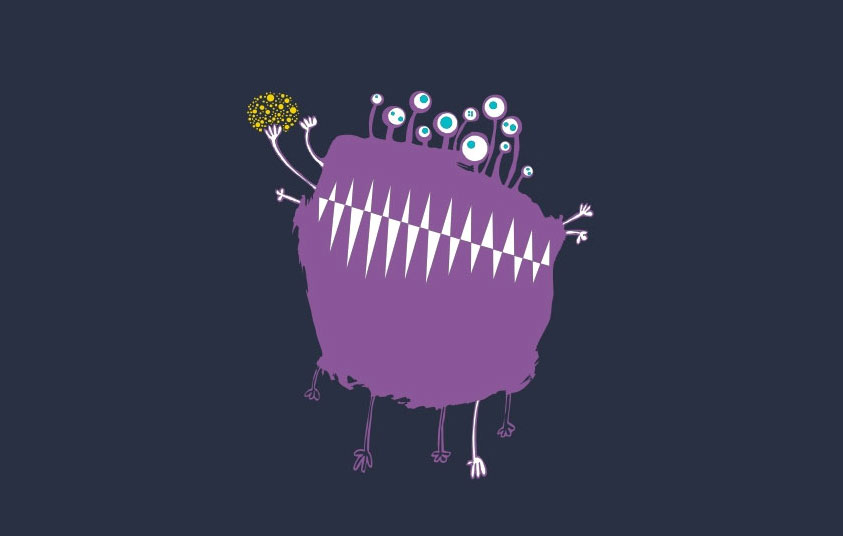
Do you know Mrs. Małgorzata Strzałkowska? We're sure you do! In these unpredictable times of the coronavirus, she's prepared a poem for us that will surely help your children come to terms with our current reality, and will help you present it to them in an engaging way.Read on to learn more about Ms. Małgorzata and her achievements, as well as the poem we loved from the first time we read it! We invite you to join us!
A master of word collages, syntactic tacks, and rhyming patchwork, she is an author and illustrator of children's books. A graduate of the Faculty of Philology at the University of Lodz, she earned her degree in the Department of Library and Information Science. She made her debut in 1987 in "Świerszczyk," with which she continues to collaborate to this day. She has also published poems, fairy tales, and song lyrics in "Pentliczek," "Ciuchcia," "Dziecko," and "Skarbie Małya." She has also collaborated with the television program "Jedyneczka" and the band Arka Noego. She is the author of many well-known children's books – just to name a few: "Hocki-klocki dla sobie - jego, mojego,"), "Śleśne idiotki" (Forest Fools), "Wierszyki łamać togii" (Tongue Twisters), the series "Advice not from parade, or poems with a moral", "Poems that are scary!", "Green, yellow, red, brown...", "Gymnastics for the tongue (both Polish and English)", "Rhymed recipes for kitchen shows", Dąbrowski's Mazurka. Our national anthem, "Day before, or in the woods". She often illustrates her books with original "collages of the author glued together on Tuesdays". She has received numerous literary awards and was awarded the Silver Medal for Merit to Culture Gloria Artis (2016).
Her inventive and original texts, full of humor and wordplay, have become a hallmark of Endo's clothing collections.

Małgorzata Strzałkowska
Consultation: Zuzanna Strzałkowska A virus is neither an animal, nor a living creature, nor a small creature. The word virus comes from the Latin word for venom, poison, something that harms us. Although it cannot live on its own, it strives to reproduce. And this striving is undoubtedly the sole purpose of its existence. However, it cannot do this on its own, because it must find a suitable substrate. Therefore, it persistently seeks a host so that it can multiply within its body.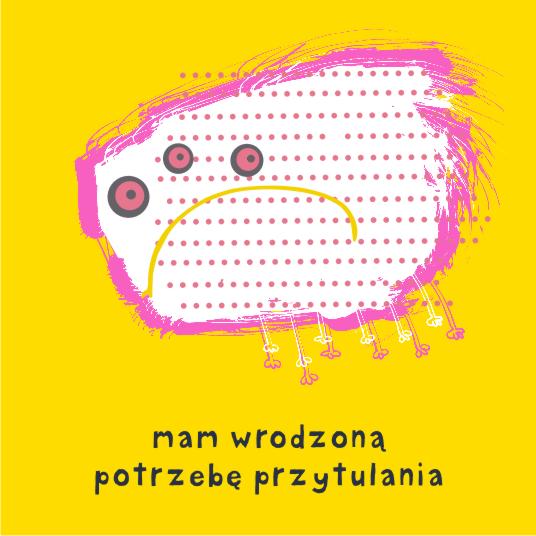 The cozy interior of the human body is quite a thrill for it. It tries to enter the body through the nose, mouth, or eyes , then dives into it like a diver , searching for suitable cells. Moisture, the right temperature level— and the virus gets to work. And when the cell has fulfilled its role, the virus's particles fill it, the particles destroy it in a furious frenzy , and the entire army marches on.
The cozy interior of the human body is quite a thrill for it. It tries to enter the body through the nose, mouth, or eyes , then dives into it like a diver , searching for suitable cells. Moisture, the right temperature level— and the virus gets to work. And when the cell has fulfilled its role, the virus's particles fill it, the particles destroy it in a furious frenzy , and the entire army marches on.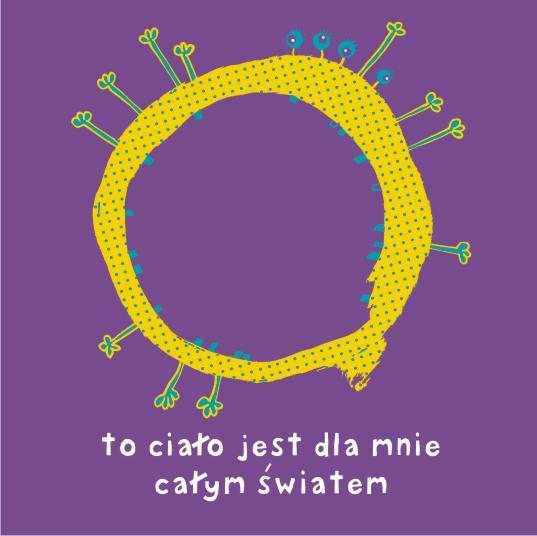 Once such a virus takes hold of the body, it unfortunately won't leave for long. Although our bodies fight back, they don't always win... Doctors are already considering a vaccine. When will they develop one? We'll see.
Once such a virus takes hold of the body, it unfortunately won't leave for long. Although our bodies fight back, they don't always win... Doctors are already considering a vaccine. When will they develop one? We'll see. 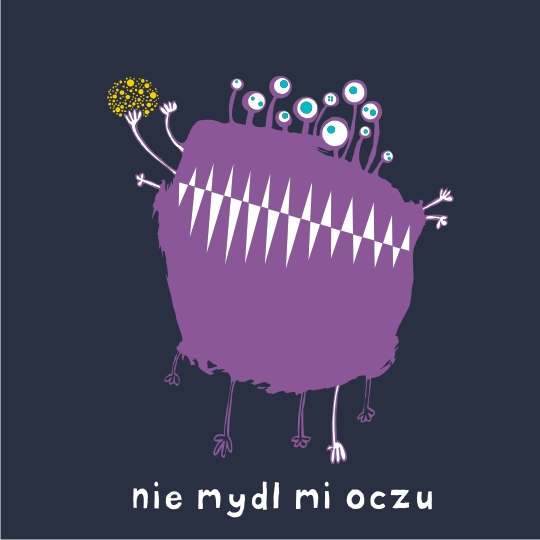 But we can do something too. What? First of all, we wash everything – hands, fruit, objects, bodies. Why? And do you know how soap works? The virus has a thin membrane on the outside, a shell, a coat, a casing, and on top of it, various proboscises and tubes that facilitate entry into cells. Soap is composed of long molecules, shaped like many pins. When a pin penetrates the virus's coat, the virus disintegrates and disappears. So, let's thoroughly wash our hands, bodies, fruit… and much more!
But we can do something too. What? First of all, we wash everything – hands, fruit, objects, bodies. Why? And do you know how soap works? The virus has a thin membrane on the outside, a shell, a coat, a casing, and on top of it, various proboscises and tubes that facilitate entry into cells. Soap is composed of long molecules, shaped like many pins. When a pin penetrates the virus's coat, the virus disintegrates and disappears. So, let's thoroughly wash our hands, bodies, fruit… and much more! 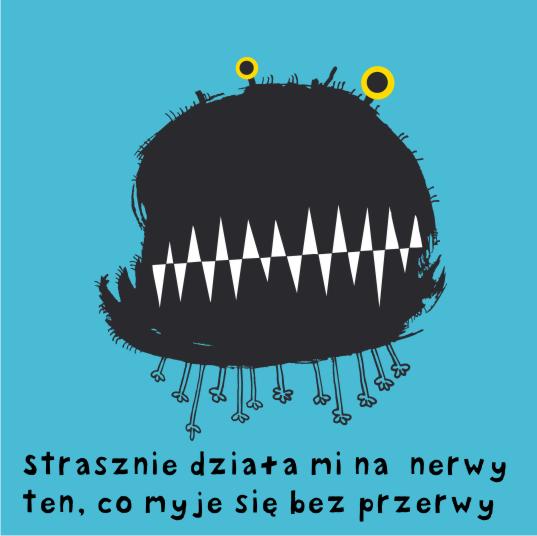


Podziel się:
How to draw a ninja
How to draw a kitten